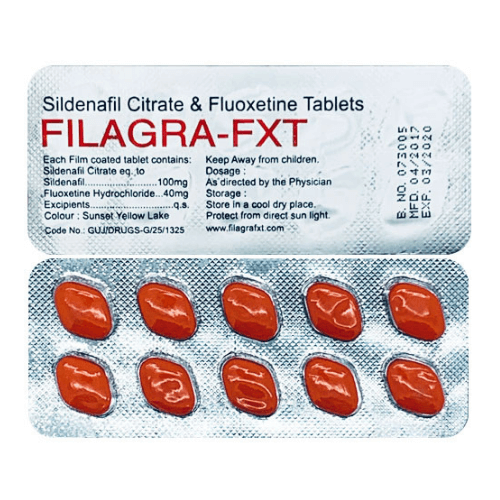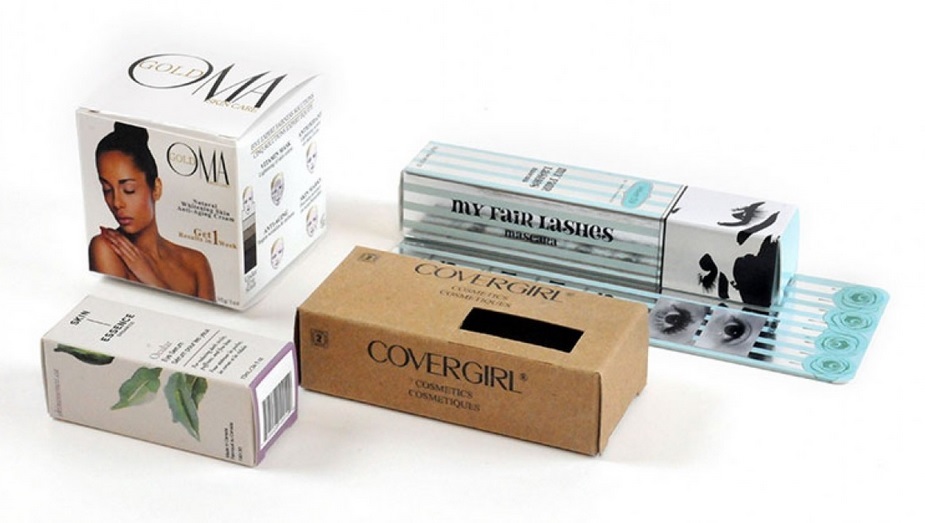Before we go too far into this article, I’d like to define the word Freon. When you hear the phrase Freon, you probably think of any refrigerant used in refrigerators, autos, house air conditioners, and so on. But here’s the thing: Freon is becoming more scarce. Freon is a brand name for refrigerants. It’s similar to how Coca-Cola is a beverage brand name. If you want a soda, you don’t ask for a Coke; instead, you ask for a soda. The same may be stated for Freon. Nowadays, when you hear the name Freon, it only refers to one kind of refrigerant known as HCFC R-22.
R-22 has been around since the 1930s and is classified as an HCFC refrigerant. Like their sister refrigerant class CFCs, HCFCs actively deplete the Ozone Layer. The Montreal Protocol was an international convention that was ratified in the 1980s. This deal aims to phase out all Ozone-depleting refrigerants. This includes the use of freon. Various Ozone-depleting refrigerants have been phased out throughout the years.
R-22 Freon was the final refrigerant on this thirty-year phase-out list. The phase-out of this product started in 2010, with a staggered approach every few years. The R-22 phase-out will be completed on January 1st, 2020. After this date, no new R-22 imports or production will be permitted into the United States. From that on, the only means to get R-22 refrigerant will be via stockpiled wholesalers or refrigerant reclaimers. (Consider refrigerant reclaimers to be businesses that recover and clean spent refrigerant.)
Obviously, with the imminent phase-out, we can all anticipate the price of R-22 to skyrocket. Well, it kind of sort of did. We saw a price increase when the phase-out began in 2010. It cost between three hundred and fifty and four hundred dollars for a thirty-pound cylinder. The pricing steadied over time and remained at the previously indicated price threshold. Then, in 2015, the EPA’s phase-out was tightened, and the market’s supply was constrained.
As a result, the price began to rise once again. However, it was in 2017 that we experienced the perils of price speculation. At one point in 2017, the price of a thirty-pound cylinder soared to over $700. Everyone expected the price to rise more, so they all purchased as much as possible. This was the last straw. Every year after 2017 was going to be progressively worse.
That, my friends, was not the case. Following the high costs of 2017, the price of R-22 started to fall. With each passing season, the price continued to fall. It’s anyone’s guess what will happen to the R-22 price as we draw closer to the looming January 1st, 2022 deadline. Prices might stay steady at roughly three hundred dollars, or they could rise again and rocket over five hundred dollars per cylinder.
The repair might cost several hundred dollars. You should also evaluate the price per pound of R-22 if the price skyrocketed when the 2021 deadline arrived. Assume the price has risen to $600 per cylinder. That one-hundred-and-sixty-dollar recharge bill has now increased to two-hundred-and-forty dollars.
The choice to repair or replace will have to be made on a case-by-case basis. If this is your R-22’s initial repair, it may make sense to spend four or five hundred bucks on it. However, if you have to repair the unit numerous times every season, it is advisable to trash it and replace it with a brand new R-410A system.
WESTRON® is one of the best UAE refrigerant gas factories and Freon gas suppliers in UAE and is providing lower GDP refrigerants. It can help you with the shifting of refrigerants as well. They offer an inclusive range of commercial, substitute, transitional, and long-term refrigerants.





